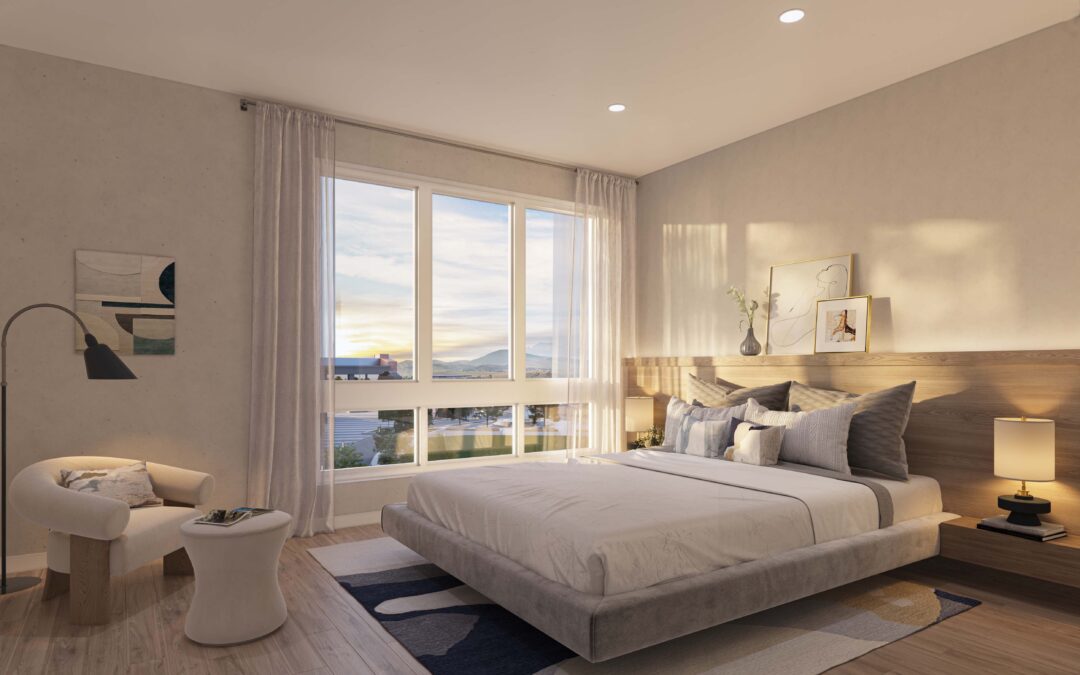
The Importance of Architectural Visualizations for Real Estate
Architectural Visualizations: A Vital Tool for Real Estate Developers
Architectural visualizations, also referred to as 3D renderings, play a pivotal role in the arsenal of real estate developers. Discover the reasons why architectural visualizations hold such importance for these developers, aiding them in effective communication, marketing and sales endeavors, decision-making processes, cost and time savings, and design flexibility. By understanding the power and benefits of architectural visualizations, real estate developers can harness this tool to breathe life into their projects and achieve remarkable success.
Effective Communication through Architectural Visualizations
Architectural visualizations empower real estate developers to effectively communicate their design intent to stakeholders, including investors, architects, engineers, and contractors. By providing a visual representation of the project before its physical realization, these renderings prevent costly errors and alterations down the line, fostering seamless collaboration among all involved parties.
Boosting Marketing and Sales Efforts with 3D Renderings
Architectural visualizations serve as invaluable marketing and sales tools for real estate developers. Through these renderings, developers can showcase their properties in their best light, accentuating key features and amenities that might remain unnoticed in 2D floor plans or elevations. This heightened visual appeal attracts potential buyers or renters, generating increased interest and demand for the property
Informed Decision-Making with Architectural Visualizations
Architectural visualizations facilitate design decision-making for real estate developers, empowering them to assess various options before construction commences. By visualizing the property in 3D, developers can make well-informed choices regarding materials, finishes, and layout, ensuring the final product aligns with their vision and objectives.
Cost and Time Savings through Early Issue Identification
Architectural visualizations help real estate developers save both time and money by identifying potential design issues at an early stage. By detecting and rectifying these issues before construction begins, costly modifications during the building process can be avoided, enabling the project to stay on schedule and within budget.
Design Flexibility and Efficiency with 3D Renderings
One notable advantage of architectural visualizations is their inherent flexibility. Real estate developers can easily modify and update these renderings as the design evolves, enabling them to explore various design options and make changes swiftly and efficiently without starting from scratch.
Architectural visualizations prove indispensable to real estate developers as they facilitate effective communication, attract buyers and renters, aid in decision-making, save time and money, and offer unparalleled design flexibility. By leveraging the power of architectural visualizations, real estate developers can vividly present their vision to the world and successfully bring their projects to life in a manner that is both efficient and impactful.
Conclusion: The Art of Storytelling in Architectural Visualizations
While the practical advantages of architectural visualizations are evident, it’s worth emphasizing that a successful rendering transcends mere accuracy or photorealism. At the heart of a compelling visualization lies the ability to tell a story, to evoke emotions, and to resonate with its viewers. Radical Galaxy Studio stands as a testament to this philosophy. As a leading architectural visualization firm, we deeply understand that the true essence of a rendering lies as much in its details as in its overarching narrative.
Details, such as a perfectly timed sunset casting golden hues on a building or the thoughtful placement of people engaging with the space, can significantly elevate a rendering. This intricate balance between architectural precision and the creative value of a scene captures the viewer’s imagination, making the visualization not just a tool but an artwork. Radical Galaxy Studio prides itself on this intricate dance between precision and creativity. We recognize that while the architectural detail is fundamental, the story a rendering tells – the feelings it evokes, the memories it conjures – is equally critical to its success.
Every choice, from the lighting on a scene to the angle selected or the inclusion of people and landscaping, is made with deliberate thought. These choices together weave a narrative, making the visualization not just a representation of space but a window into a world yet to be realized. So, while we there are undeniable benefits of architectural visualizations for real estate developers, it’s essential to remember the artistry behind them, which is what truly makes a rendering come alive.

